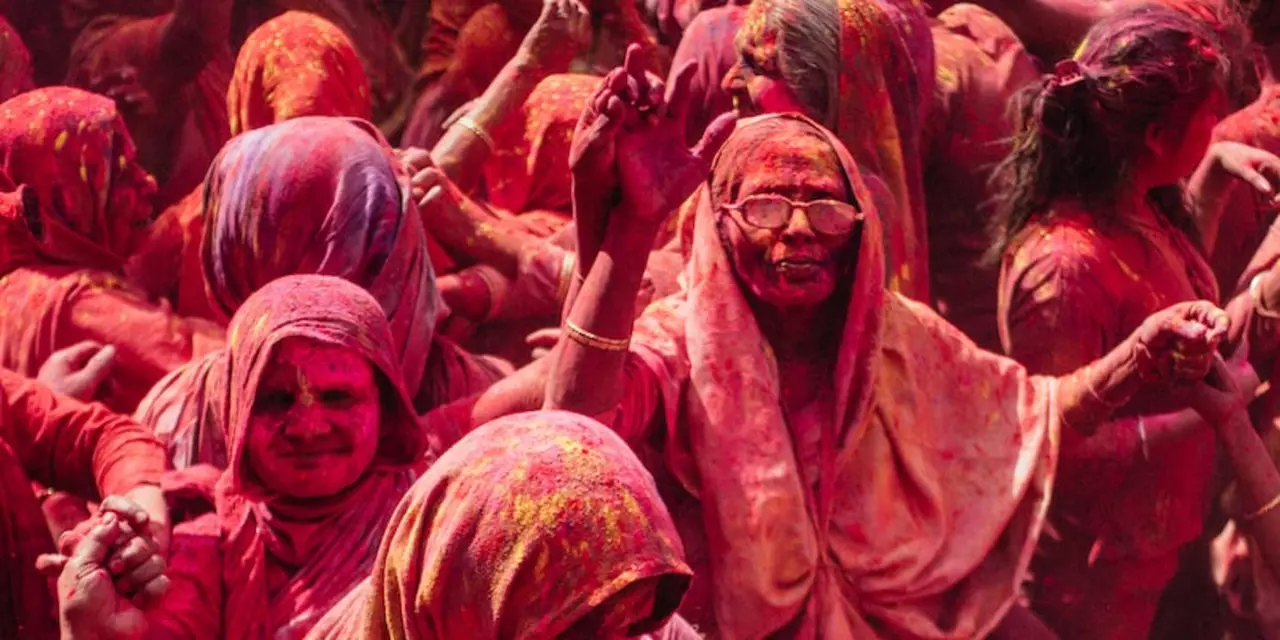Poverty in India – What You Need to Know
Did you know that over 190 million people in India survive on less than $2 a day? That number isn’t just a statistic; it’s families skipping meals, kids missing school, and communities struggling to stay afloat.
When you hear "poverty" you might picture a distant problem, but it’s right on our doorsteps. It shows up as poor sanitation, limited job options, and a lack of affordable healthcare. Understanding these everyday realities is the first step to making a difference.
Why Poverty Persists
One major reason is the uneven distribution of resources. While metros sprint ahead with skyscrapers and tech parks, many villages still depend on rain‑fed agriculture. When a drought hits, crops fail, savings disappear, and debt climbs. Add to that low‑skill jobs that pay barely enough to cover basic needs, and the cycle continues.
Education plays a huge role here. Kids who drop out to help with household chores miss out on skills that could open better jobs later. This makes it harder for families to break free from poverty, creating a feedback loop that’s tough to break.
How Learning Can Help
At Info School India we offer courses that dig into these issues without drowning you in jargon. Our short modules on social economics, community development, and policy basics give you tools to analyze problems and suggest real‑world solutions.
Even if you’re not planning a career change, the knowledge you gain can help you support local initiatives. For example, understanding micro‑finance concepts lets you evaluate which small‑business loans actually help people, and which just add to their debt.
Beyond courses, we share stories from on‑the‑ground projects. Reading how a village used solar power to run a water pump can spark ideas you can adapt in your own neighborhood.
Getting informed doesn’t have to be a chore. Start with a 15‑minute video that explains the link between education and income, then jump into a discussion forum where you can ask questions and hear different perspectives.
When you combine solid facts with practical steps, you move from just feeling concerned to actually contributing. Whether you volunteer, support a charity, or simply spread awareness, every action adds up.
So, if you want to understand poverty in India and see how learning can make a dent, explore our resources today. Knowledge is a powerful tool – and it’s right at your fingertips.

What are the day to day problems indians face?
Indian citizens face a variety of issues on a daily basis, ranging from access to basic services and infrastructure to more complex problems such as gender inequality and corruption. Poor infrastructure, poverty, lack of access to healthcare, high levels of unemployment, and environmental pollution are some of the most pressing challenges. The Indian government has implemented various initiatives to tackle these issues, but the results are often inadequate. Other challenges include gender-based violence, lack of education and job opportunities, and the frequent occurrence of natural disasters. To ensure the prosperity of the country, it is essential that the government works together with citizens to address these issues.

Why is life in India tough compared to life in US?
Life in India is often seen as considerably harder than life in the United States. This is due to a variety of factors, such as India's large population, poverty, lack of infrastructure, and poor public services. India also has a large informal sector and a large number of people who are underemployed or unable to find employment. Additionally, there is a large gap between the rich and the poor, and the opportunities available to the wealthy are not available to many of the country's citizens. This can make it difficult for people to access the resources they need to lead a successful life.